Full Guide To Lapis Lazuli vs. Sapphire (This Is The Difference)
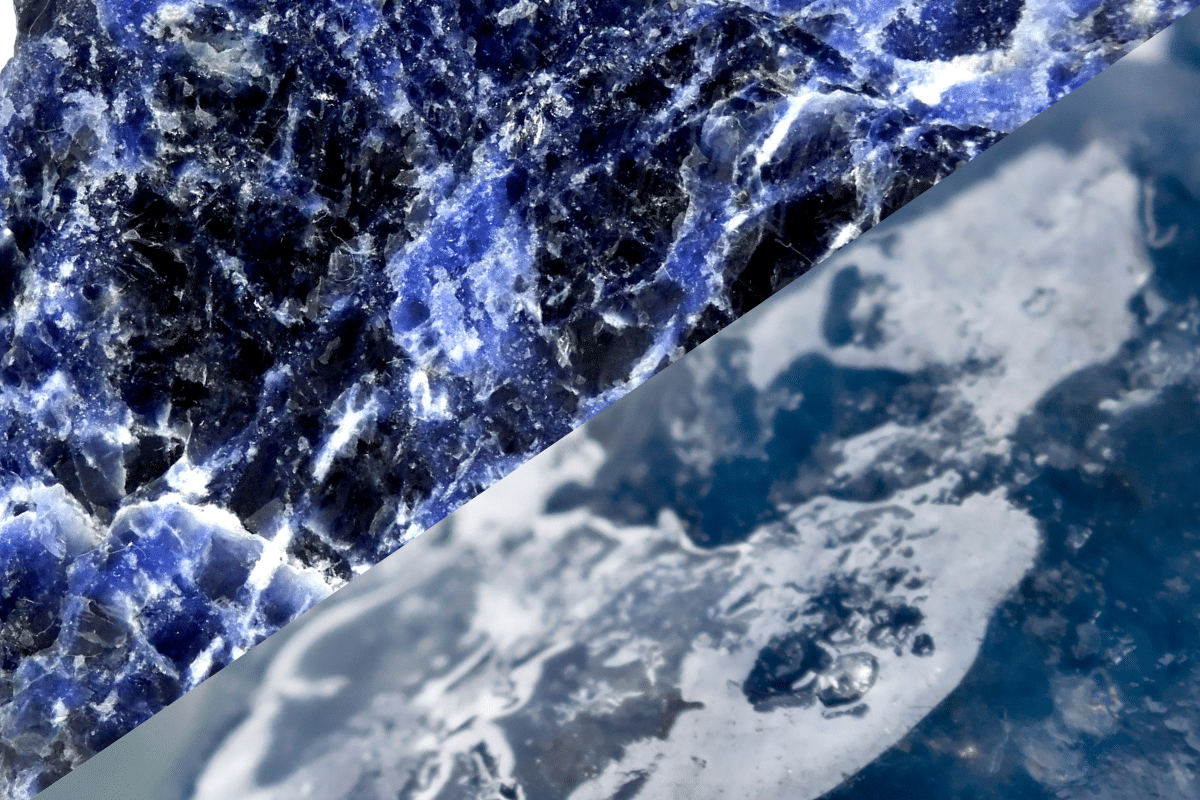
In order to work with our crystals effectively, we need to understand their properties. With crystals that look similar or have similar uses, such as lapis lazuli and sapphire, it can be difficult to determine which one to work with. The answer should always be; the one that you are drawn to the most. However, if you are looking to find the difference in physical appearance as well as metaphysical properties, you’ll find your answer here.
Lapis lazuli is an opaque stone with white lines or gold-colored flecks. Sapphire is transparent or translucent and can have white feather-like lines, color zoning or cavities. Lapis represents power and wisdom, while sapphire is representative of hope and faith.
Continue reading if you want to know more about the (physical) qualities of these stones, as well as how you can use them in your spiritual practice.
Want more help or information? If you have any more questions after reading this blog post or want a personal answer for your specific situation, join the free Facebook group! We promise you’ll get an answer from either our team members or a community member.
Lapis Lazuli Vs Sapphire – How To Tell The Difference?
In order to understand the difference between these two stones, we can look at the color, shape, pattern, clarity, and more. Below, we’ll describe all these aspects in detail.
Chemical Composition
Lapis lazuli has a complex chemical structure; it contains sulfide, chloride, and calcium carbonate. The stone is made up of three mineral elements, pyrite, calcite, and lazurite, in varying degrees. Lapis lazuli varieties may at times contain mica or feldspar within their structure too.
The chemical composition of sapphire is aluminum oxide with trace elements of titanium, vanadium, chromium, and iron.
Also read: Rhodonite vs. Rhodolite: What’s the Difference?
Color
Lapis Lazuli is a semi-precious stone with a consistent, intense blue color. It can also be violet or greenish-blue.
The stone contains certain mineral elements, called inclusions, that affect its appearance. Some of these impurities include lazurite, which is responsible for this deep blue color of the stone, and pyrite and calcite, which are responsible for the white swirls and golden-colored flecks.
The most common variety of sapphire is deep-blue, but can also be found in pink, yellow, orange, green, blue, and black. Mineral elements present in the stones’ composition are responsible for the coloring of the stones. Iron is responsible for the yellow color, while vanadium trace elements give the stone a purple color. The blue sapphires are formed by the presence of titanium and iron.
Sapphire can also have inclusions. Some common ones are white, feather-like lines, color zoning (when the color is uneven), and cavities.


Pattern and Clarity
Lapis lazuli can have a greasy, dull, or vitreous (glass-like) luster. It has an indistinct cleavage and breaks at an uneven fracture, which means the broken edge is jagged and irregular. The stone is also completely opaque in clarity.
Blue sapphires are transparent to translucent in clarity depending on the number of inclusions on the stone. Transparency is a common factor in the pricing of these gemstones. As a result, these stones often receive treatments. A natural sapphire with little inclusions is the most valuable, but generally, these stones are expected to have some imperfections. If you have a sapphire without any, it might have received enhancements or is fake.
Hardness
Lapis lazuli is a fairly hard stone, scoring 5-6 on the Mohs scale of hardness, whears sapphire is even harder, scoring a 9.
If you’re unfamiliar, the Mohs scale of hardness determines a stone’s hardness by measuring how scratch-resistant it is. According to this scale, a stone can scratch any other mineral with a lower score. For reference, talc is a 1, whereas diamond is a 10.
These scores mean that both stones are (fairly) durable, and can be worn everyday. Still, we always recommend being careful exposing valuable stones to sun, salt, water and harsh chemical treatments.
Location
Lapis lazuli deposits are found in the Middle East, Chile, Russia, and Afghanistan. Blue sapphires are mainly found in Madagascar, Sri Lanka, and China
Care
Care should be taken when handling and storing these stones to prevent damage.
We recommend cleaning your stones by either running them under tap water or cleaning them with a damp cloth. If you’d like, you can use some detergent as well. Make sure to dry the stones afterward. Although it won’t cause immediate problems, we never recommend leaving stones to soak, as this can turn them dull or brittle.
Apart from physically cleaning the stones, you might want to clear them from negative energies. This is highly recommended if you used them for their metaphysical properties.
The reason for this is that these stones absorb low vibrations. Every month or so, you want to remove these energies from the stone so you can continue to use it. After cleansing, it is recommended you also recharge the stones to make sure they are full of positive energy to share with you.
To cleanse and recharge them, both stones can be run under water, or placed under the moonlight or near selenite or clear quartz. Sapphire is hard enough to withstand being placed on dry salt. We do not recommend leaving either to soak in water, or using mechanical cleaning methods.


Metaphysical Properties
Beware that crystals are never a replacement for professional medical help. If you have any issues, see a doctor first and follow their advice.
Lapis lazuli represents wisdom and power. It is also a powerful protection that can be used to bring peace and compassion, reveal the truth, promote self-awareness, and shield you from psychic attacks. In Ancient Egypt, the stone was believed to bring wisdom and spiritual wonder.
The blue color of this stone is believed to bring enlightenment, morality, and open-mindedness to its wearer. The stone is also good for the physical body as well. It is believed to possess anti-inflammatory properties and fights thyroid, nervous, and respiratory system-related illnesses. The stone is also involved in helping good blood circulation, body immunity, and menstrual difficulties.
Spiritually, lapis lazuli is a great tool to unlock our psychic abilities and intuition and discover our true selves. The stone also encourages truth and living in confidence and authenticity.
Sapphires represent hope and faith. They are often used for their uplifting energies, effective communication, wisdom, and guidance through dilemmas. The stones’ connection to the third eye chakra also unlocks intuition and psychic abilities.
Physically, they are believed to heal the body and treat insomnia. It is also used to improve eyesight and cure eye infections. Sapphires are also good at treating headaches, fevers, ear-related problems, and memory and speech problems.
Uses
There are many different ways to use these stones. Below we’ll outline a few options for you.
Jewelry
Both lapis lazuli and blue sapphire can be worn as jewelry to get the most out of them. As they are both related to the third eye and throat chakra, we recommend wearing them as close to these areas as possible. As a result, it is best to wear them on a tighter necklace or as earrings.
Home/office
Lapis lazuli can be used to alleviate stress and anxiety. When used at home or in the office, the stone brings concentration, determination, and success. The stone is placed in the south, north, or east area of the home, so it invites wealth, abundance, career, and health. Having the stone at your work inspires you to express your feelings and be the best at what you do at all times.
Blue sapphire in Feng Shui is used to represent knowledge. The stones’ connection to the throat chakra adds to its charm in this chakra. This invites creativity, skillfulness, and better communication in our spaces.
Meditation
Consider adding a lapis lazuli to your meditation space for calm and tranquility. The energies released by the stone bring focus, peace, and inner truth.
Meditating using blue sapphires encourages truth, understanding, introspection, and spiritual knowledge. The stone will also bring focus, unlock your psychic abilities and cleanse the etheric pathways.
Chakra Association
Lapis lazuli is connected to the third eye and throat chakra.
The third eye chakra is located at the center of the forehead and is perceived to see what the human eye can’t. The purpose of the third eye is to see the outer and inner worlds. This chakra, therefore, represents wisdom, intuition, and insight. Stones connected to this chakra are used to activate psychic abilities, focus, and self-consciousness.
The throat chakra is affiliated with truth and wisdom makes it the best stone for the Vishuddha. The stone will help you express yourself better, stand up for yourself, feel confident, and speak with clarity.
Sapphires represent different chakras depending on color. The deep blue variety is also connected to the third eye and throat chakra.
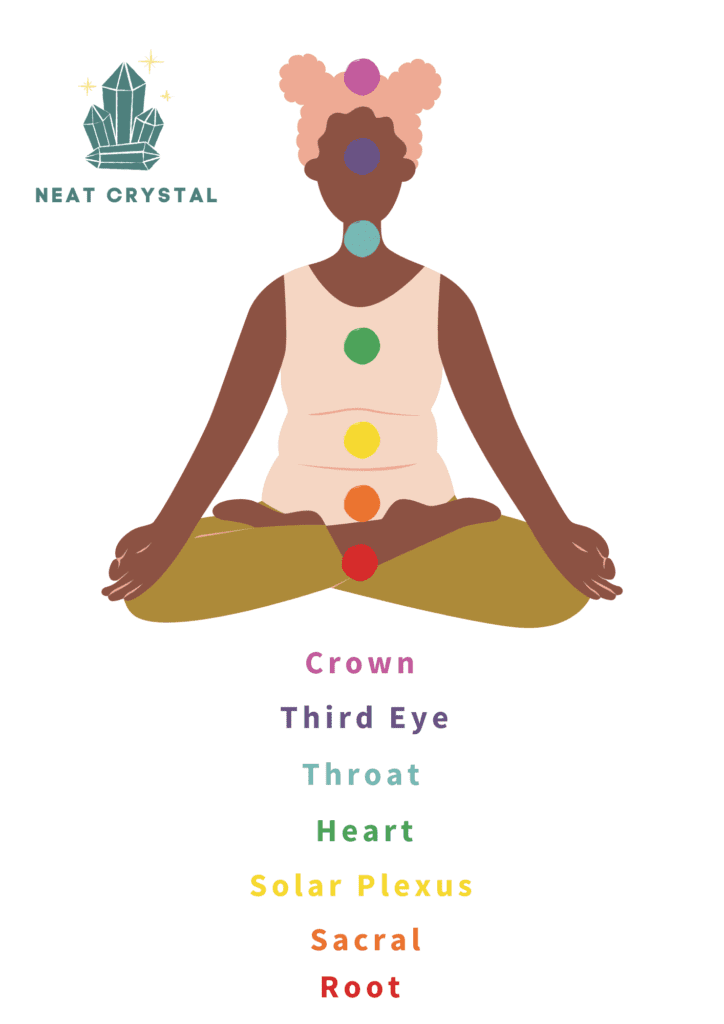
Also read: What Chakra Is Lapis Lazuli? (Full Guide)
Zodiac Association
Blue sapphire is a traditional birthstone for people born in September, as well as a mystical birthstone for May (Tibetan) and ayurvedic birthstone for August (Indian). As a result, it is associated with Virgos and Libras born in September, Taurus and Geminis born in May and Leos and Virgos born in August.
Lapis lazuli is not officially a birthstone but is sometimes given as an alternative for September. Consequently, Virgos and Libras born in that month, would benefit from keeping lapis lazuli close.
These signs will find their birthstone brings out the best of their sign, while helping them work on their negative traits too.





Also read: The Complete Guide To Lapis Lazuli And The Zodiac Signs
Ruling planet
When we talk about ruling planets, we mean a planet has more power over a crystal, or zodiac sign, than the other planets.
Lapis lazuli is governed by Venus. The planet represents harmony and beauty. This is also the planet that rules over Libra. The attributes of this planet bring peace, love, and balance to relationships.
Blue sapphires are co-ruled by the Moon and Saturn. The moon as a ruling planet represents mystery and intuition. Saturn, on the other hand, represents order, karma, and responsibility.
Element Association
Many cultures have developed the idea of elements to explain nature. In the west, this idea was created by the ancient Greeks and consisted of 4 elements: Earth, Air, Fire, Water. In India, another element is added: Akasha, representing the foundation of the other elements.
The 4 elements represent the following:
- Earth for personal growth, stability and security
- Water for love, friendships and emotions
- Air for intellect, wisdom and communication
- Fire for energy, passion and action
By looking at a crystal’s or gemstone’s properties, we can determine which element fits best.
Lapis lazuli is connected to the air element. This element represents knowledge, clarity, and the power of the mind. People who resonate with this element are intelligent, expressive, logical, and well-informed. Stones of this element can be used to improve intellect, memory, and general mental activity.
Blue sapphire is associated with the water element. This is a feminine energy element and often considered the most powerful of all elements. The water element is associated with intuition, emotion, healing, cleansing, and purification.


Numerical vibration
Lapis lazuli vibrates at the frequency of 3. This number represents the cycle of life, growth, expansion, creativity, and fulfillment. The power of this number initiates analytical thinking, humor, spontaneity, and energy. The stones related to the number will encourage growth and mental clarity.
Blue sapphires vibrate at the frequency of 6. The number represents family, happiness, and stability. People who resonate with the number are family oriented, trustworthy, dependable, and responsible. The number also represents Venus, the planet of pleasure and harmony. Number 6 may also be used to refer to perfection.
Best Combinations
To get the most out of our work with crystals, it can be incredibly beneficial to pair and combine crystals with similar properties. This way, they can strengthen and enhance each other. Below you’ll find some interesting options.
- Lapis lazuli can be paired with opal to amplify and manifest the success and the fulfillment of your desires in business or life in general.
- Turquoise with lapis lazuli is a great pair for the throat chakra. The power of both stones will help with anger management, forgiveness, emotional balance, and better self-expression.
- Lapis lazuli and emerald is good for the heart chakra. This combination will improve acceptance, clear communication, loyalty, and forgiveness, especially in romantic relationships.
- Blue sapphires can be combined with dravite for mood lifting and mental suffering. This combination is helpful when fighting depression and emotional trauma. It works by restoring mind, body balance, and confidence.
- Blue sapphire can also be paired with any other blue stone for activation of the throat chakra. This will improve better communication, self-expression, and clarity.
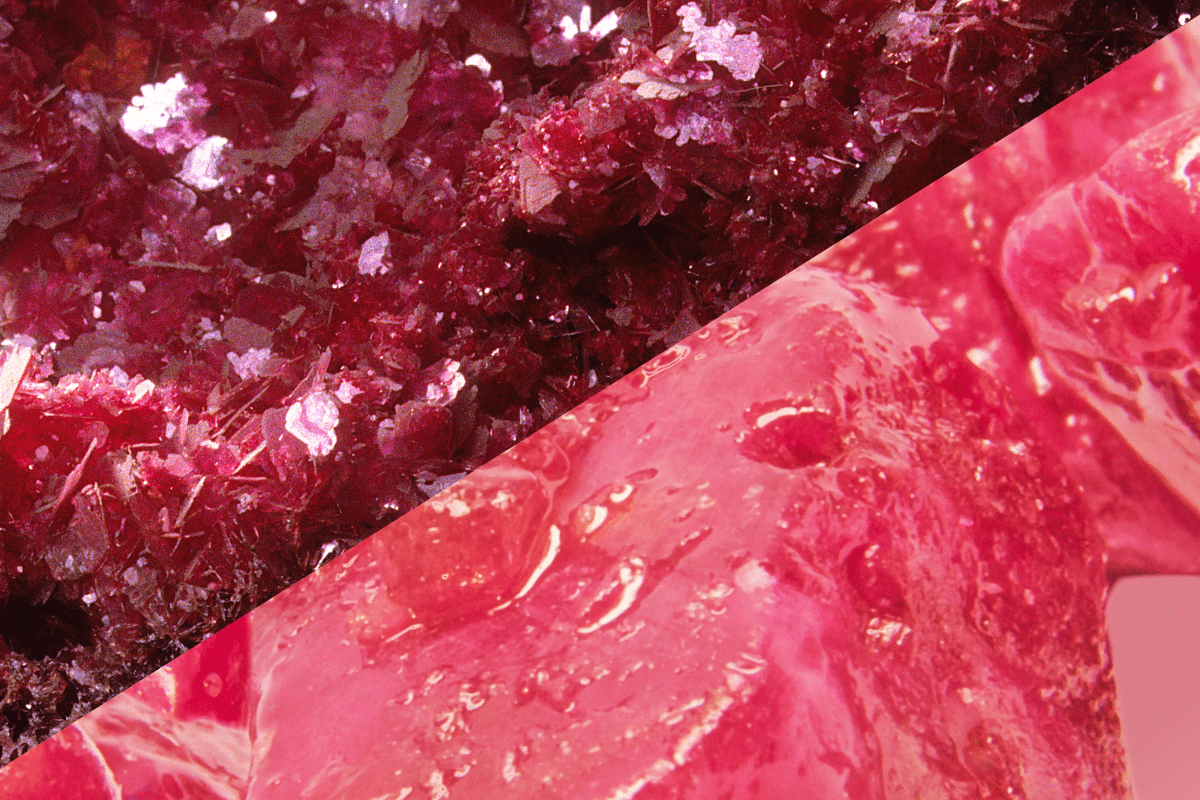

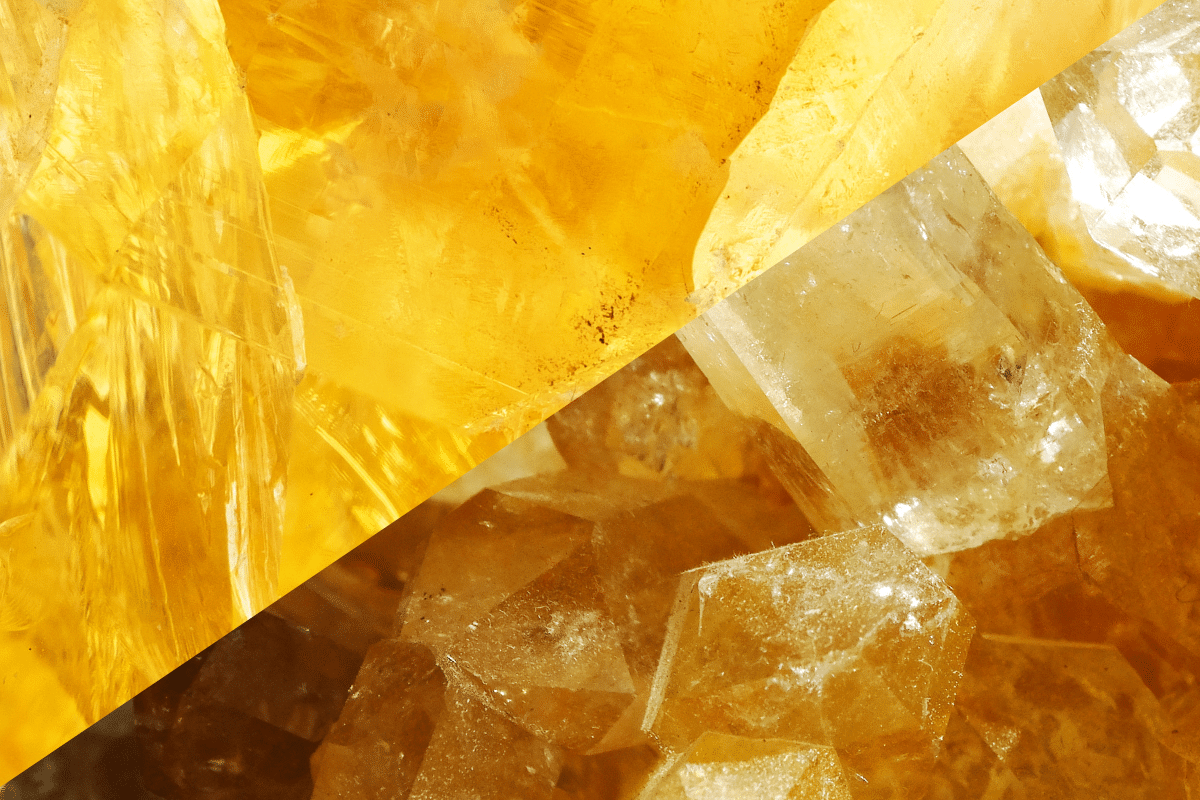
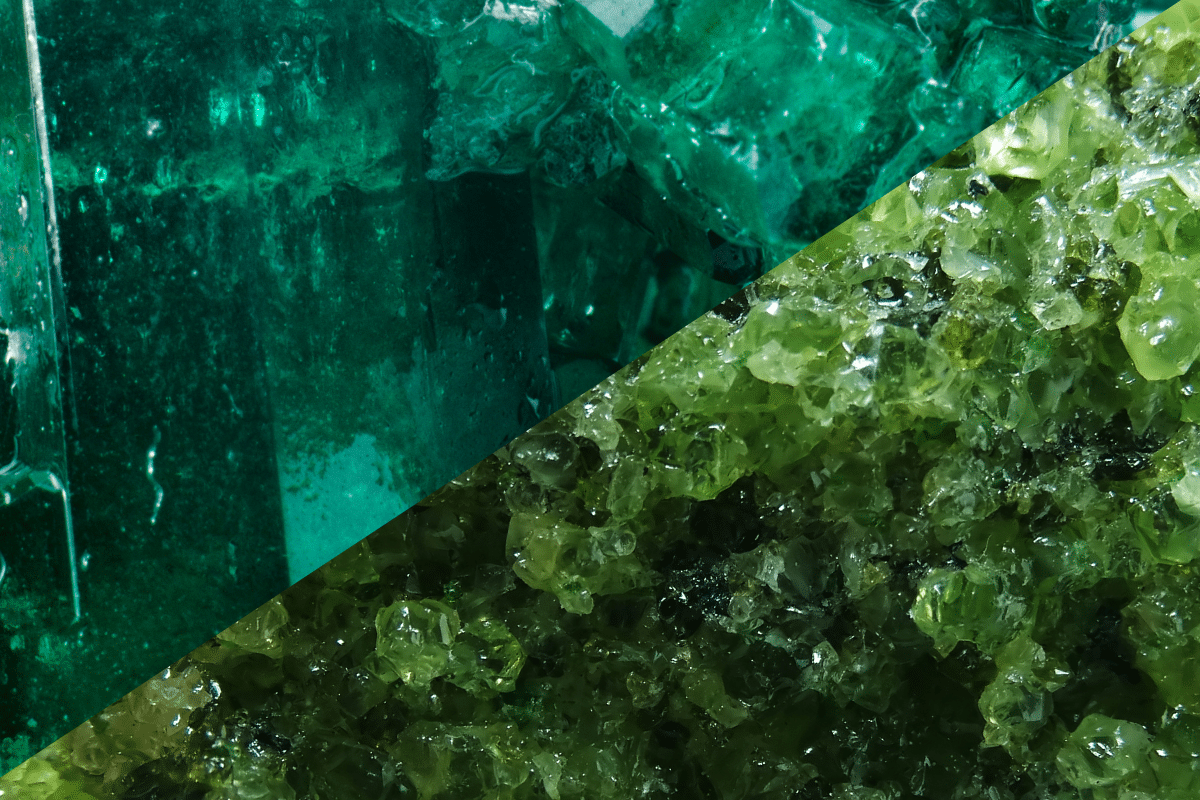
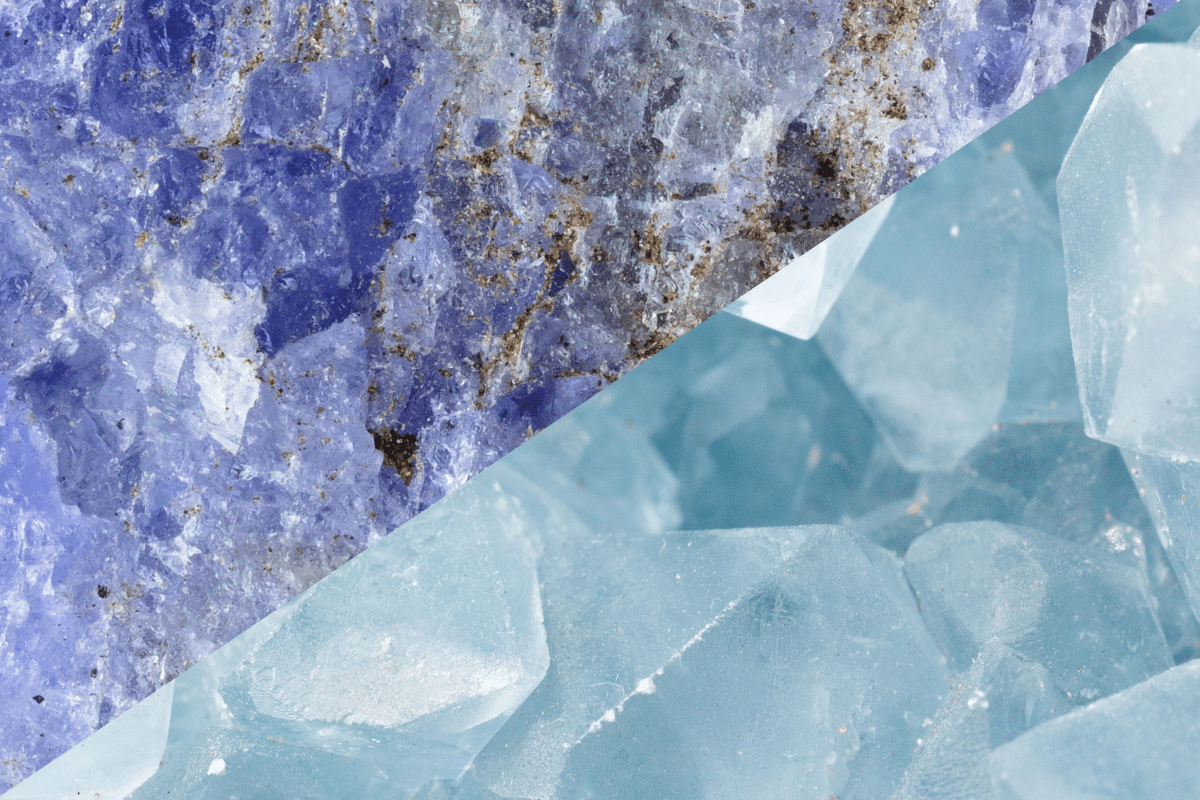
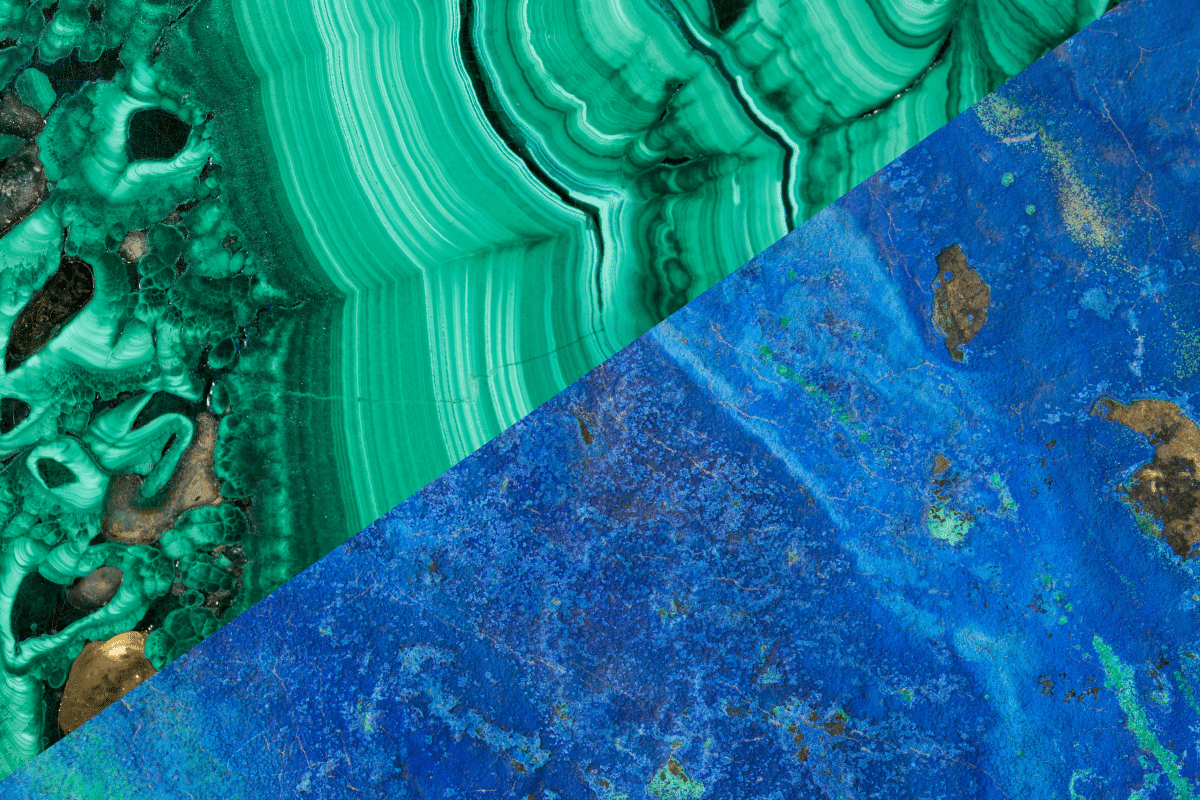
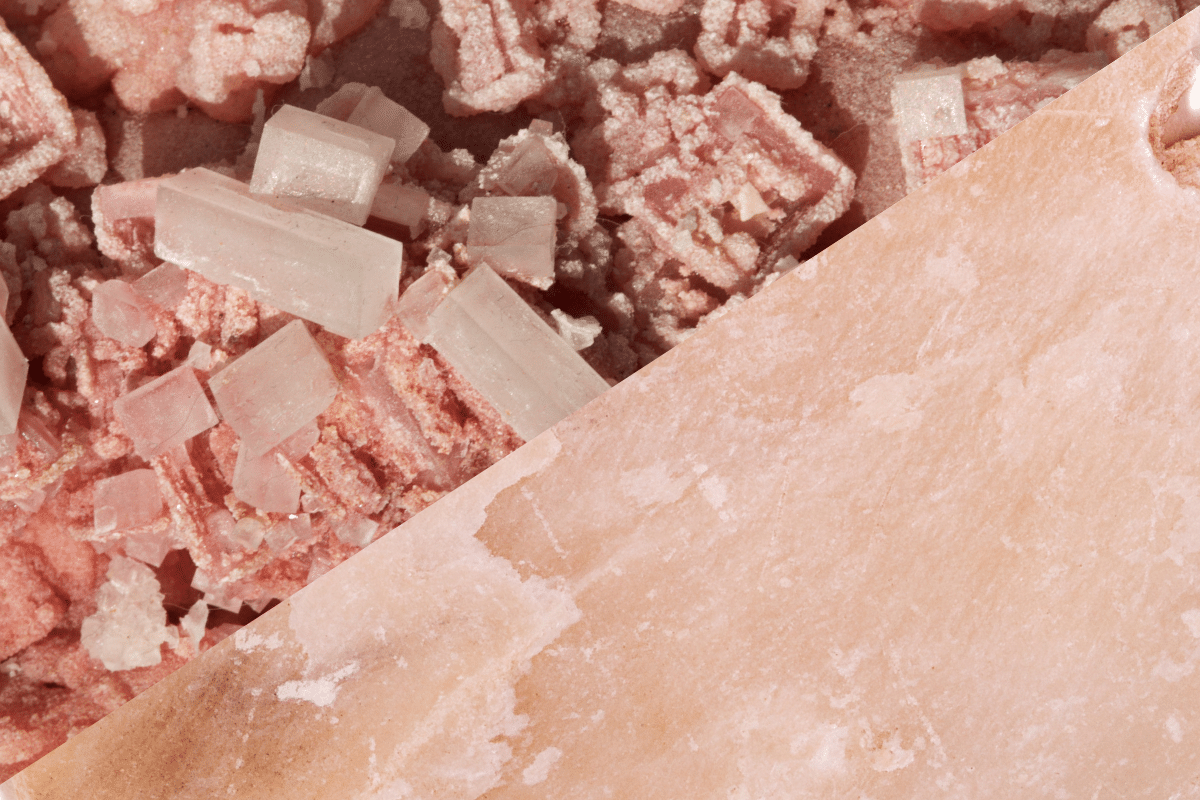
12 Comments